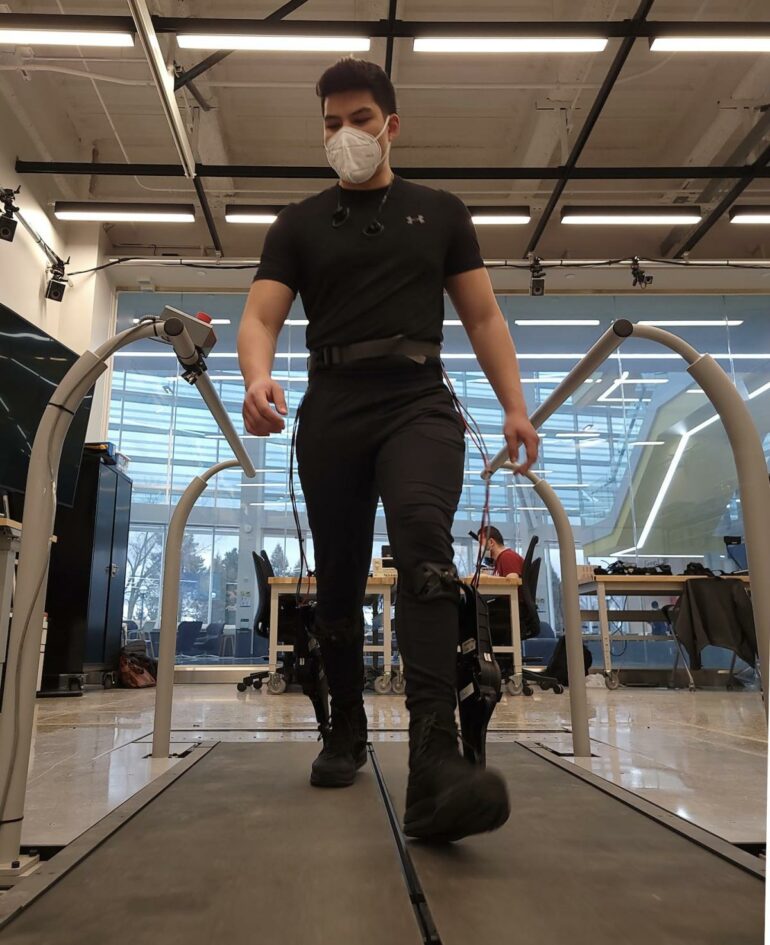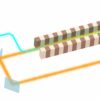The Research Brief is a short take about interesting academic work.
The big idea
My colleagues and I have used a tool from economics to measure the costs and benefits of wearing an exoskeleton, and we found that it offers a modest average benefit of US$3.40 per hour while walking uphill, when considering the combined effects of the assistance and device weight. This modest value is in contrast to the value of the assistance alone, which was much greater, at $19.80 per hour. These values were derived using our novel approach, which subtracts the values of the costs and benefits.
Exoskeletons are mechanical devices that people can wear to boost their power or efficiency. They can be used to assist in manual labor or to aid in rehabilitation from injuries. Our approach brings the user into the evaluation process, which makes it possible to take into account the many ways people experience exoskeletons.
Perceptions are important. Users must want exoskeletons in their lives if the technology is to meet its potential of assisting mobility, endurance and safety. And that means users must perceive the benefits, and that these benefits must outweigh the costs of wearing the exoskeleton, including any added discomfort, weight or noise.
As a way to measure user perception, we studied the economic value, measured in U.S. dollars, of wearing an exoskeleton. To find these dollar values, we asked people how much money would be required for them to walk uphill for two minutes on a treadmill. The two-minute bouts were repeated in series for approximately 30 minutes. We also repeated these trials with users wearing the exoskeleton while it was unpowered, as well as not wearing the exoskeleton. By comparing the costs among conditions, our approach provides a foundation for assessing the economic value of the complete exoskeleton, its assistance and the cost of the added weight.
To ensure the participants provide a truthful estimate of their cost to walk for two minutes – and not to maximize their earnings – we used a special type of auction that ensures honest valuations, known as the Vickrey auction. In a seller’s Vickrey auction, the winner is the lowest bid but gets paid the second-lowest bid. It is often used to measure the value of abstract concepts, because the Vickrey auction breaks the link between the auction winner and their bid and removes incentives to under- or overbid.
Today, many ways of evaluating exoskeletons are focused on hard-to-get data, such as number of calories burned and complex motion analysis. More subjective measures, such as user preferences of exoskeleton assistance, are difficult to standardize and are only recently beginning to gain traction.
Exoskeletons are being used in construction and manufacturing.
Why it matters
Our study highlights the sizable potential benefit of exoskeleton assistance. This is despite most of the value’s being…



